Lesson summary
Students will explore how vocabulary and tone change in different social situations by participating in a digital emoji challenge. They will explore both digital and face-to-face scenarios, practise protective behaviours and build their confidence to remain safe, strong and respectful.
Learning intentions
Students will:
- identify social contexts and how language use changes between online and offline situations.
Success criteria
Students can:
- apply strategies to create safe and respectful behaviour
- identify safe and respectful behaviour online.
Lesson guides and printables
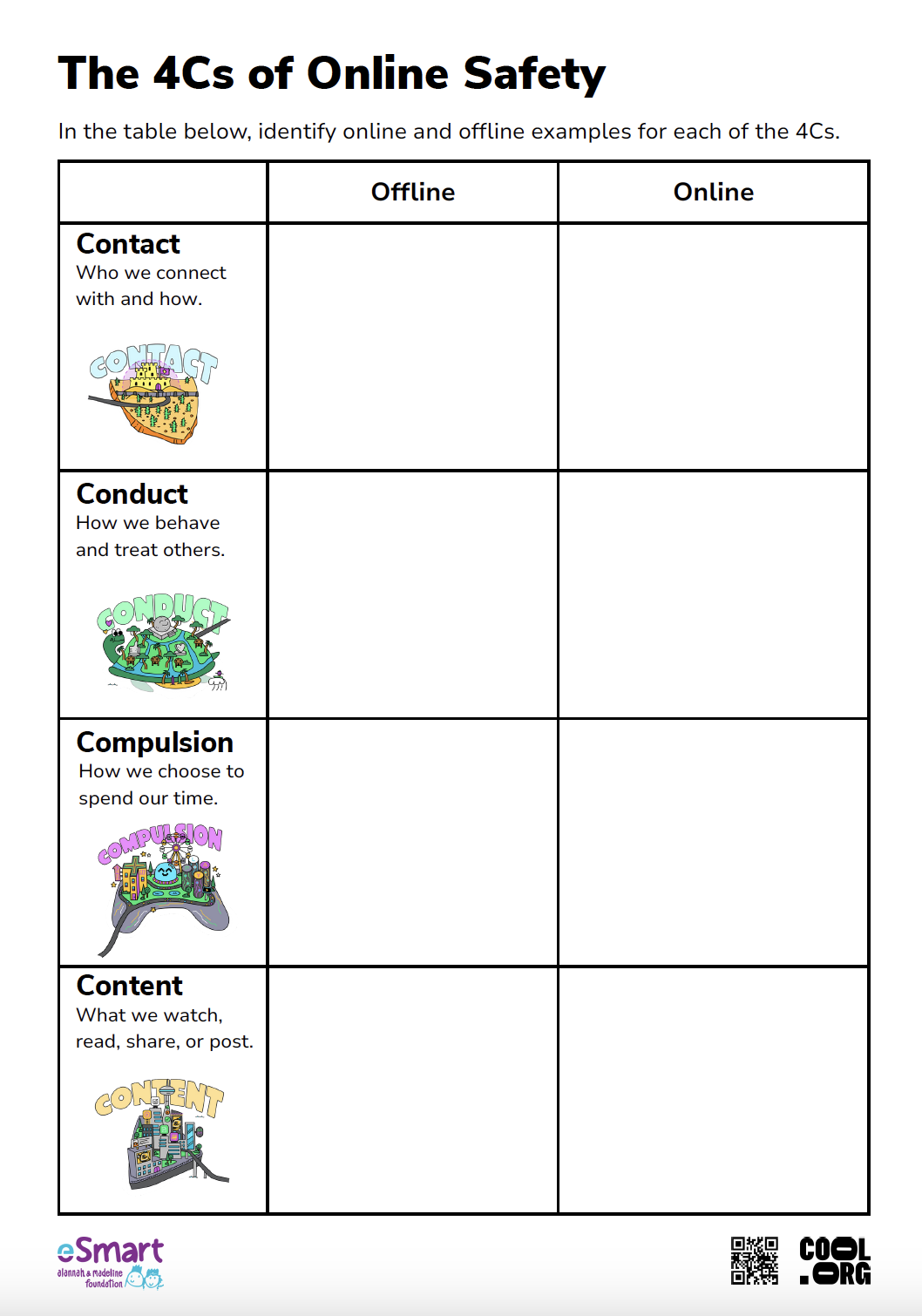
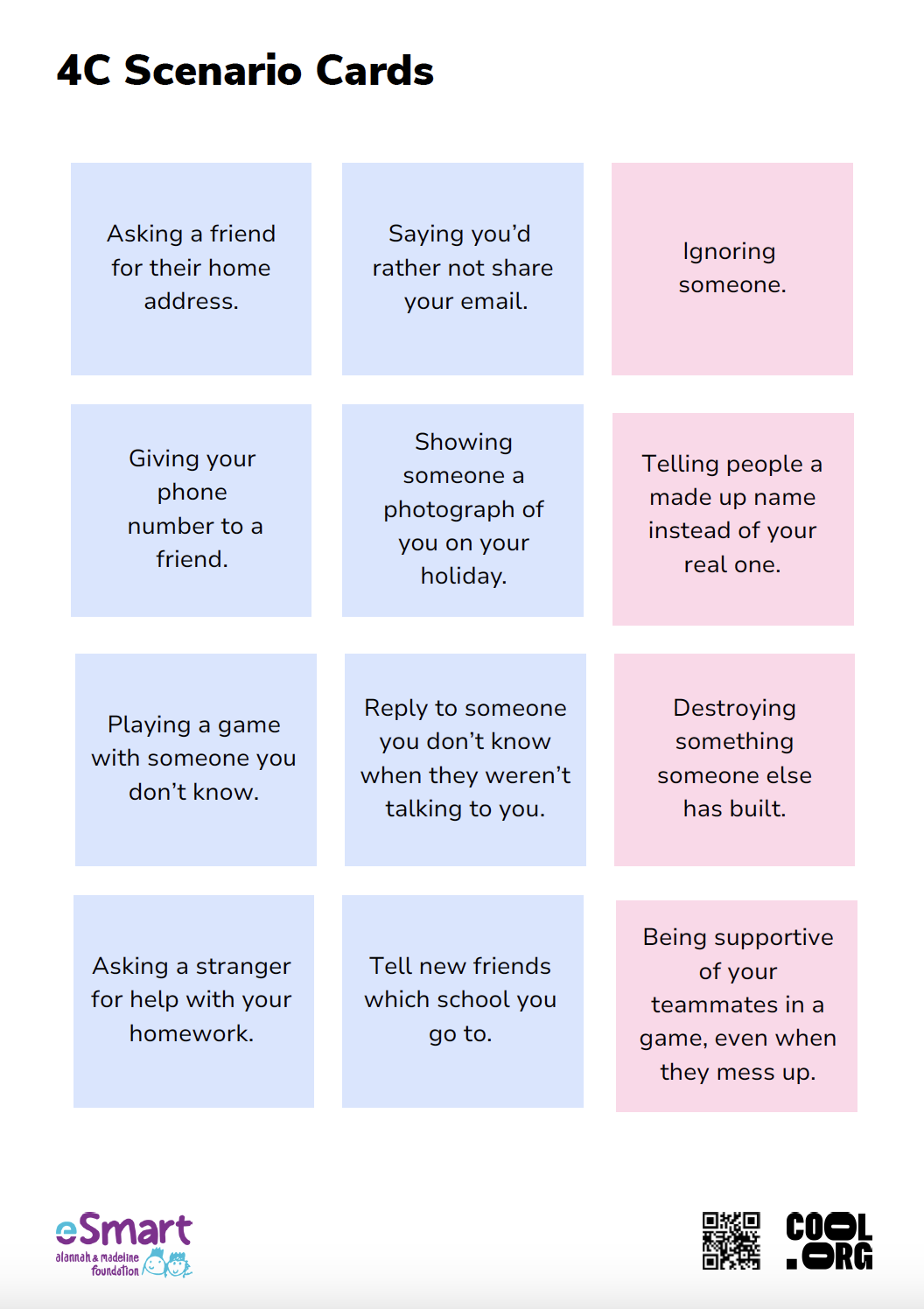
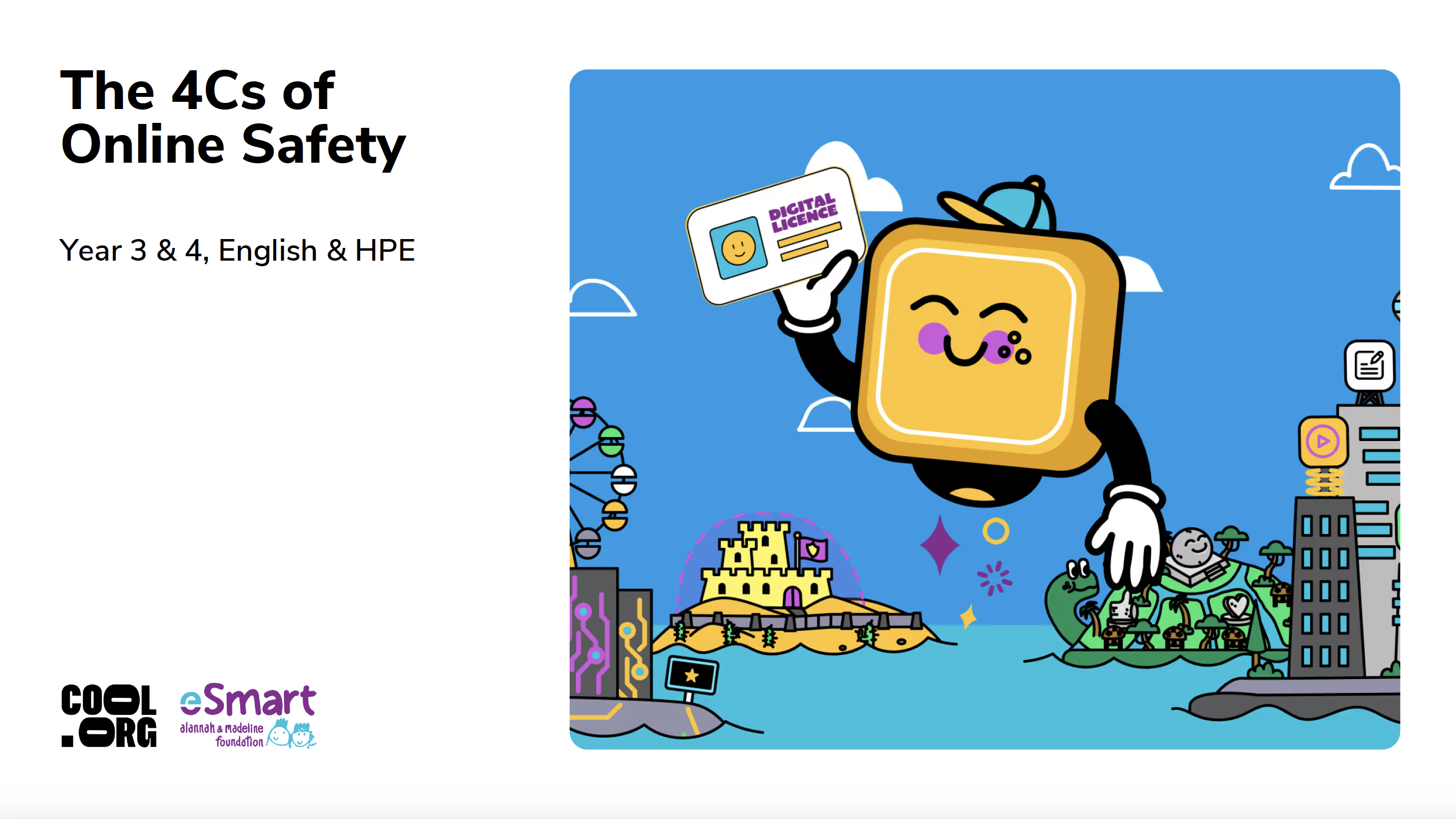
Curriculum links
Select your curriculum from the options below.
Lesson details
Skills
This lesson is designed to build students’ competencies in the following skills:
- critical thinking
- collaboration
- communication
- digital literacy
Curriculum Mapping
Australian Curriculum (v9.0) content description:
Year 5, English
Students learn to:
- understand that language is selected for social contexts and that it helps to signal social roles and relationships (AC9E5LA01).
- describe the ways in which a text reflects the time and place in which it was created (AC9E5LY01).
Year 6, English
Students learn to:
- examine texts including media texts that represent ideas and events, and identify how they reflect the context in which they were created (AC9E6LY01).
Year 5 & 6, HPE
Students learn to:
- analyse and rehearse protective behaviours and help-seeking strategies that can be used in a range of online and offline situations (AC9HP6P08).
Relevant parts of Year 5 & 6 achievement standards: Students explain how texts reflect contexts. Students explain how communication skills, protective behaviours and help-seeking strategies keep themselves and others safe online and offline.
General capabilities: Digital Literacy, Personal and Social Capability
Cross-curriculum priority: Sustainability
Level of teacher scaffolding: Medium: facilitation of discussion and coordination of collaborative activities.
UN Sustainable Development Goals
- Target 4.7: By 2030, ensure that all learners acquire the knowledge and skills needed to promote sustainable development, including, among others, through education for sustainable development and sustainable lifestyles, human rights, gender equality, promotion of a culture of peace and non-violence, global citizenship and appreciation of cultural diversity and of culture’s contribution to sustainable development.
Resources Required
- Activity sheet - 4C Scenario Cards (Print and cut out 2 sets of cards)
- Activity sheet - The 4Cs of Online Safety (1 per pair)
- Blank cards
- Blue tack (to stick cards to the whiteboard)
- Device capable of displaying audiovisual material
- Visual Explainer - Digital Licence
- Whiteboard and markers
Additional Info
The Alannah & Madeline Foundation is a national not-for-profit organisation dedicated to keeping children and young people free from violence and trauma wherever they live, learn and play. The eSmart: Digital Licence program is a comprehensive suite of educator-led lessons for learners aged 4-12 years. Co-designed with learners, educators and experts, the program is tailored to Australian children's online experiences, ensuring a proactive, age-appropriate, and rights-based curriculum that equips learners to navigate the digital world safely, responsibly, and ethically. The program is adaptable to a range of education settings and offers all the resources needed to build essential digital and media literacy skills. These lessons are designed to assist teachers by introducing the 4Cs of online safety risk areas: content, contact, compulsion, and conduct, to prepare students for earning their Digital Licence. Please contact us for any further eSmart support at esmart@amf.org.au.
Related Professional Learning
Protecting Yourself Online: A Guide for Educators
Quick summary: This course covers practical steps to safeguard your privacy and manage your online presence effectively. You’ll explore key risks in the online environment, how to protect your privacy, and what students are engaging with online.
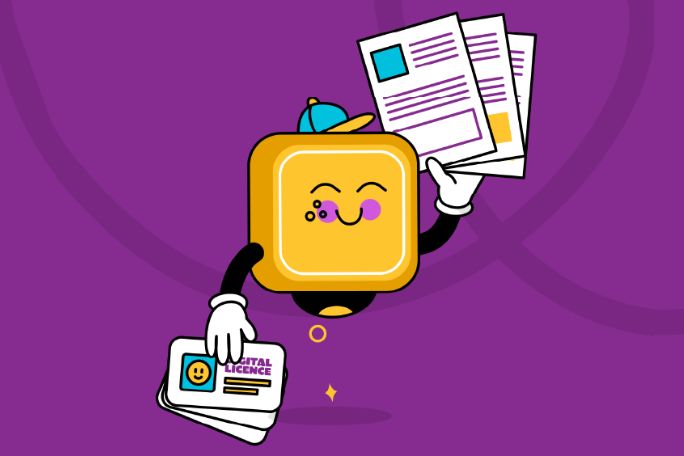
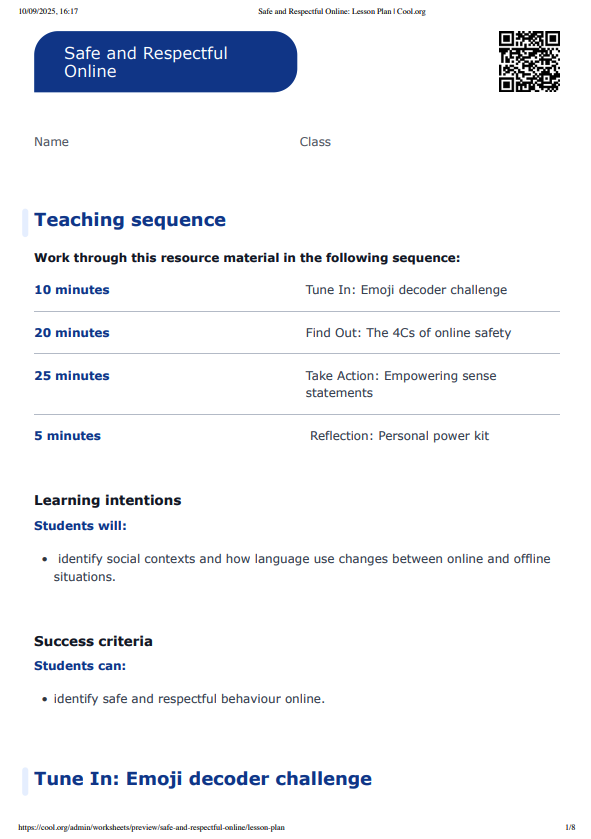
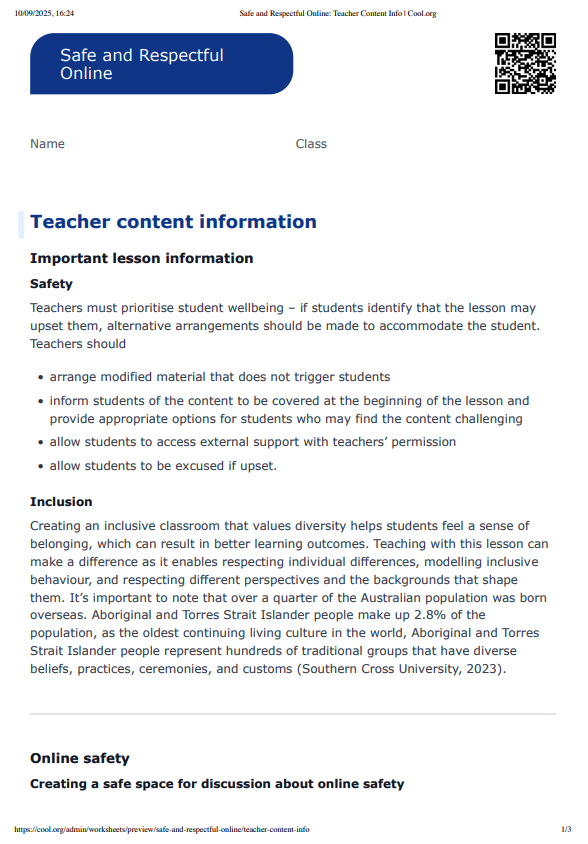
Welcome back!
Don't have an account yet?
Log in with:
Create your free Cool.org account.
Many of our resources are free, with an option to upgrade to Cool+ for premium content.
Already have an account?
Sign up with:
By signing up you accept Cool.org's Terms and Conditions(Opens in new tab) and Privacy Policy(Opens in new tab).